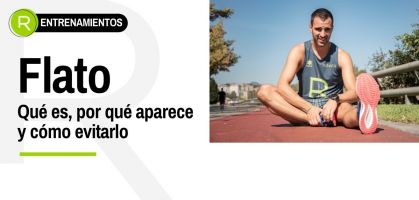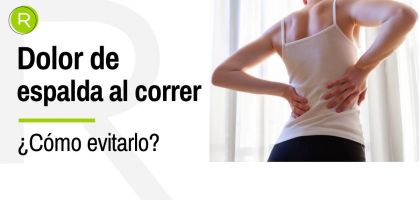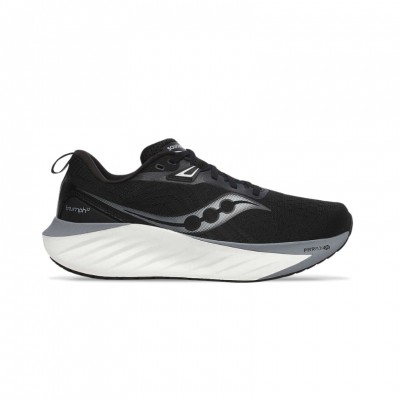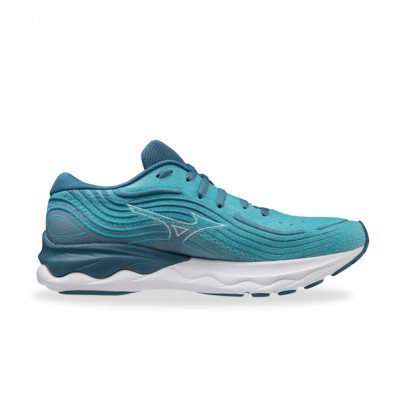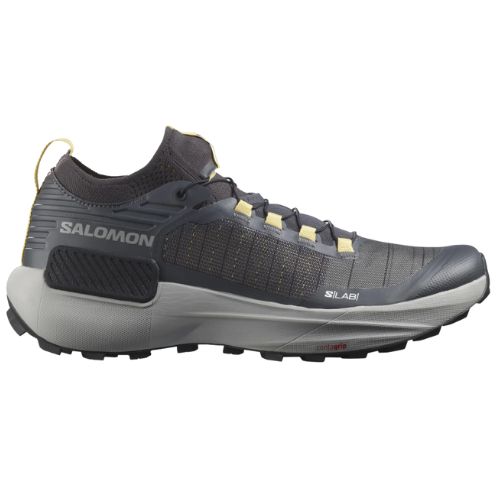
In this article we will see a topic that is very fashionable in sports nutrition, besides being a current issue among many runners. For this reason, we will address throughout this text the symptoms and treatment of runner's anemia.
We will see what it is and how it occurs, as well as the possible types of anemia that exist. Thus, we will be able to remedy it through treatment and continue with prevention to avoid an unnecessary relapse.
In this way, we touch on all the sections with some importance for our readers to be updated on the latest on how to avoid, prevent and treat runner's anemia to improve our performance and enjoyment of this wonderful sporting discipline.
What is runner's anemia?
When we perform physical activity the need for iron increases because we must carry oxygen to all our cells in our body more assiduously and therefore, the transport of it is much more necessary. This forces us to have a sufficient amount of hemoglobin for this transport.
The lack of iron decreases the amount of hemoglobin (it is a protein whose mission is the transport of oxygen) and thus the difficulty of oxygenation of our cells.
Thus, it is key and essential to perform a blood test to find out if anemia is present in our body and to tackle it and solve it through proper treatment.
Types of anemia
Iron deficiency anemia.
This anemia consists of the one explained in the previous section. That is; a decrease in red blood cells and hemoglobin, in addition to a decrease in iron with all the negative aspects in sports performance that this entails.. Studies on this subject tell us that about 4% of men and women after menopause suffer from it and 10% in fertile women.
False anemia in runners
The red blood cells and the hemoglobin in the blood are more diluted in the blood, due to the increase of the liquid in the blood and the hemoglobin concentration decreases (that is why the symptoms are very similar to those of an iron deficiency anemia). Although the transport of oxygen is guaranteed without any problem, so we cannot call it anemia. This circumstance occurs in many running.
There are also other types of anemia such as vitamin deficiency anemia (B 12), sickle cell anemia (hereditary), hemolytic anemia (destruction of red blood cells) and anemia due to blood loss (menstruation,...).
You may be interested in: 11 foods that can not miss in the pantry of a runner
Why do they occur? Causes and symptoms.
In this section we are going to see the different causes of anemia in runners; in addition to naming and explaining the symptoms we may have and thus alert us to the possibility of iron deficiency and, therefore, decrease our athletic performance.
Causes
There are multiple causes:
- According to the article; "Iron deficiency anemia in sport and preventive dietary-nutritional interventions" by Urdampilleta. A., Martínez-Sanz. J., Mielgo-Ayuso. J. (2013) tells us that iron deficiency in runners is an increase in the destruction of our red blood cells with intense sports practice and maintained over time (long duration sports such as running are in this situation). But on the other hand, other studies say that the realization of well-planned physical activity indicates an increase in the production of red blood cells that we must also take into account.
- Evidently iron and folic acid deficiencies (known in analytical controls).
- Another of the most important causes proposed by different authors are gastrointestinal losses related to stomach ulcers.
- Taking abundant amounts of acetylsalicylic acid (increased bleeding) and anti-inflammatory drugs.
- In women anemia is more common due to heavy menstruation (blood loss).
- Excessive sweating (elimination of iron through sweat).
Intake of insufficient diets, for example, some vegetarian diets and very unbalanced diets with iron deficiency (lack of vitamins and minerals).
- Genetic conditions
Symptoms
As well as the causes, there are many symptoms that can occur. We will see some of them for the runner to take into account and thus know how to act and solve this problem.
The symptoms can be:
- Fatigue, weakness, decreased performance, increased heart rate, usual, that is, general fatigue due to lack of oxygenation of our cells.
- Headaches, chest pains, as well as in some cases dizziness due to the aforementioned weakness.
- As for food symptoms are the lack or loss of appetite.
- Difficulty in falling asleep with the consequent lack of rest and lack of energy to be able to train properly.
Recovery from anemia
To recover from anemia we will see the foods that are most necessary and we will see that it is very important to have a balanced diet. In addition to reduce and redirect the individualized planning of each athlete with anemia.
Prevention and Treatment. Food
We will approach this point focusing primarily on the food we eat every day and knowing that in certain cases iron supplementation is essential and necessary to avoid this pathological condition.
Knowing this, we can differentiate at dietary level 2 types of iron:
- Heme iron: Which is present in foods of animal origin (fish, eggs, meat, animal viscera). If we had to choose the foods richest in this type of iron would be different mollusks; clams and cockles in addition to animal liver).
- Non-heme iron: This nutrient is present in foods of vegetable origin, here we would include as the best the nuts and legumes; lentils, chickpeas, white beans. Other very good options are soy, brewer's yeast and spirulina algae.
In addition, we know that animal iron is absorbed in a better percentage than vegetable iron and when heme and non-heme iron foods are mixed in the same intake, they complement each other completely.
It is very important that besides taking foods rich in iron, vitamins and minerals should be ingested so that the iron is absorbed in the digestive system; the most important is vitamin C (kiwi, orange, lemon, tangerine, pomegranate, strawberries, peppers, tomato). Folic acid (vegetables, avocado, orange, asparagus) and B12 (meat, eggs) are also necessary for the formation of blood cells.
However, there are some foods that we should avoid taking together whenever we take food rich in iron, because they hinder its absorption: Milk, cocoa, cereals, various calcium-rich products, tea and coffee.
You may be interested in: Does an athlete need supplementation?
Conclusions
In conclusion, from Rend & Prev we wanted to address this issue, since it is very present in our sporting life, to know how to deal with this problem in a coherent and appropriate manner, for a quick and early recovery.
And to finish, we believe that apart from taking into account all the advice that we give you from Rend&Prev, it is important that you always have the opinion of a professional, because every sportsman is different and has his own characteristics. In this way, we will be able to carry out a multidisciplinary work (nutritional adviser, sports doctor, physical trainer, trainer,...), suitable to make a preventive work as well as a totally individualized and specific treatment, which are the base of an efficient work.
Read more news about: Sports Injuries


